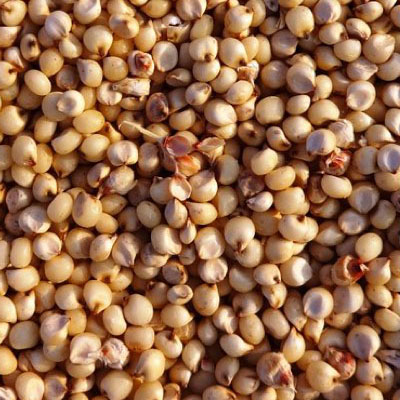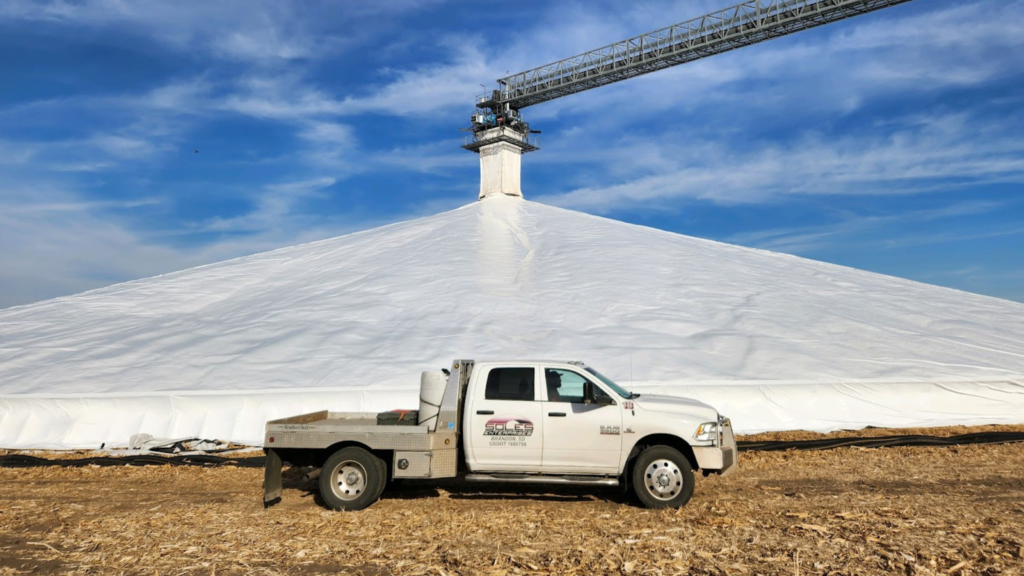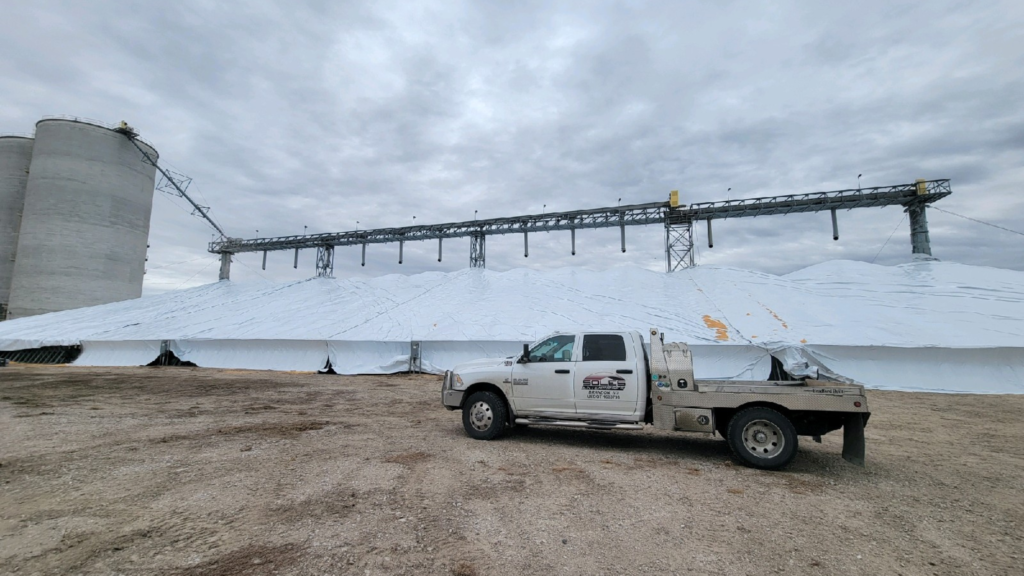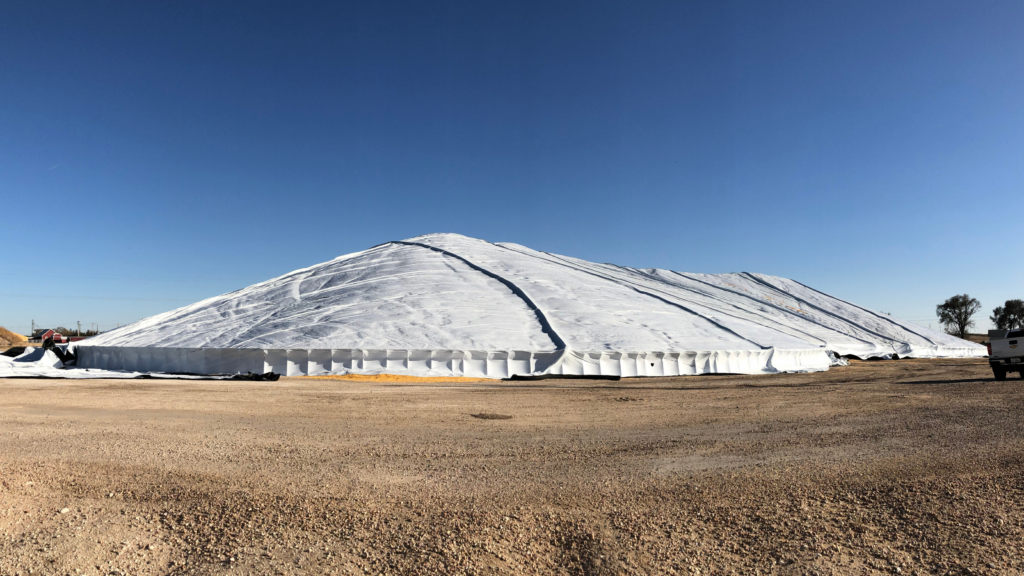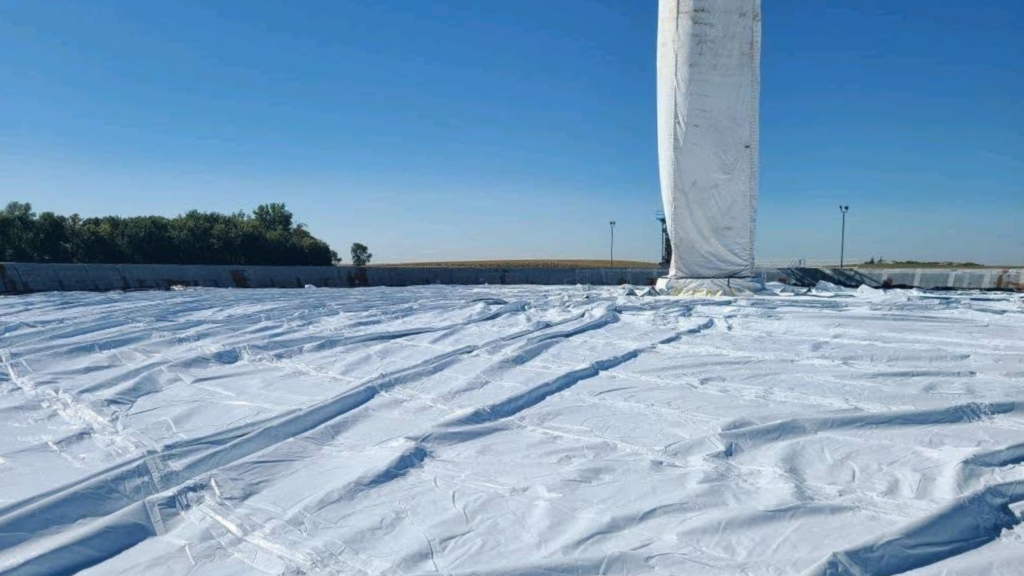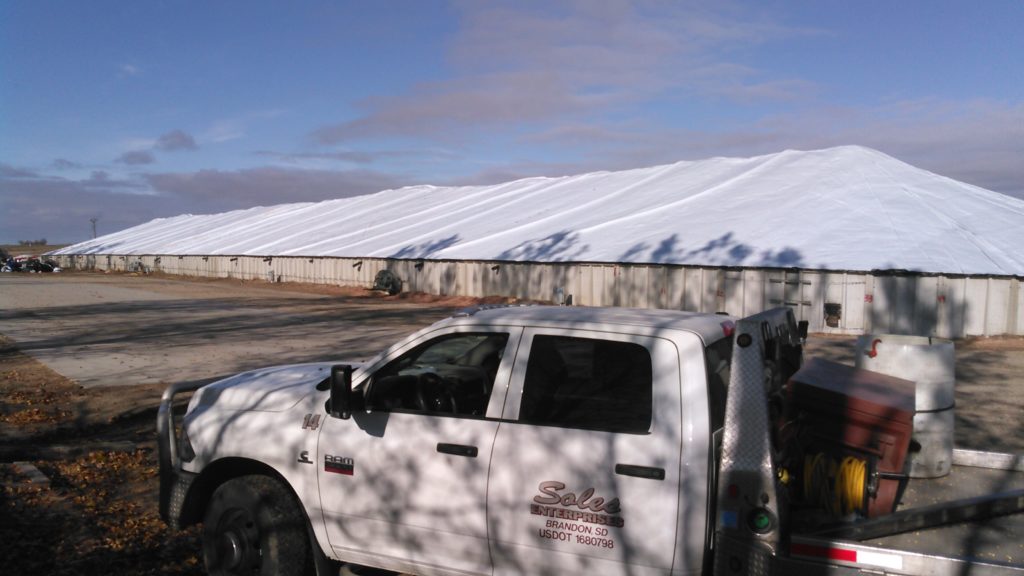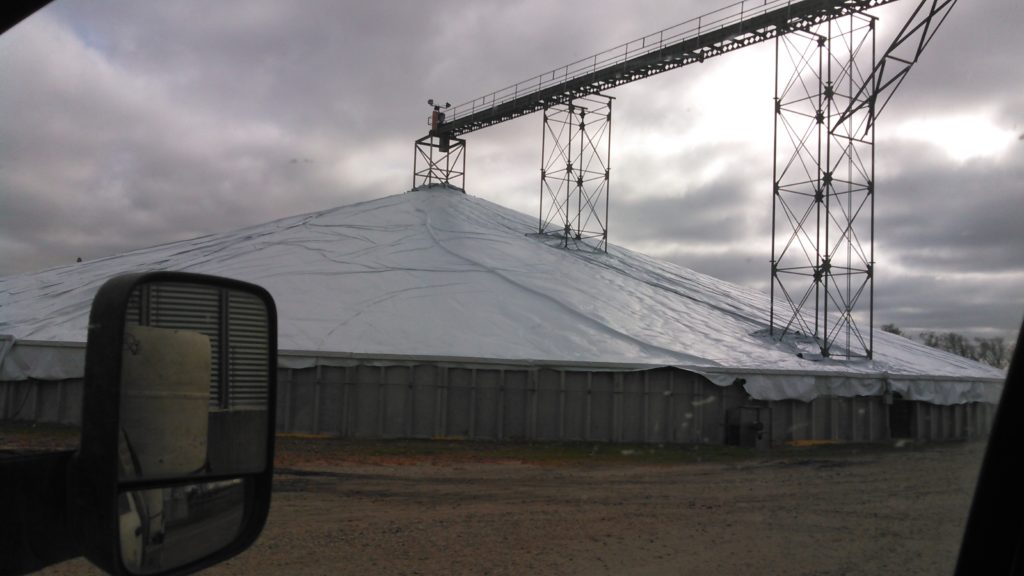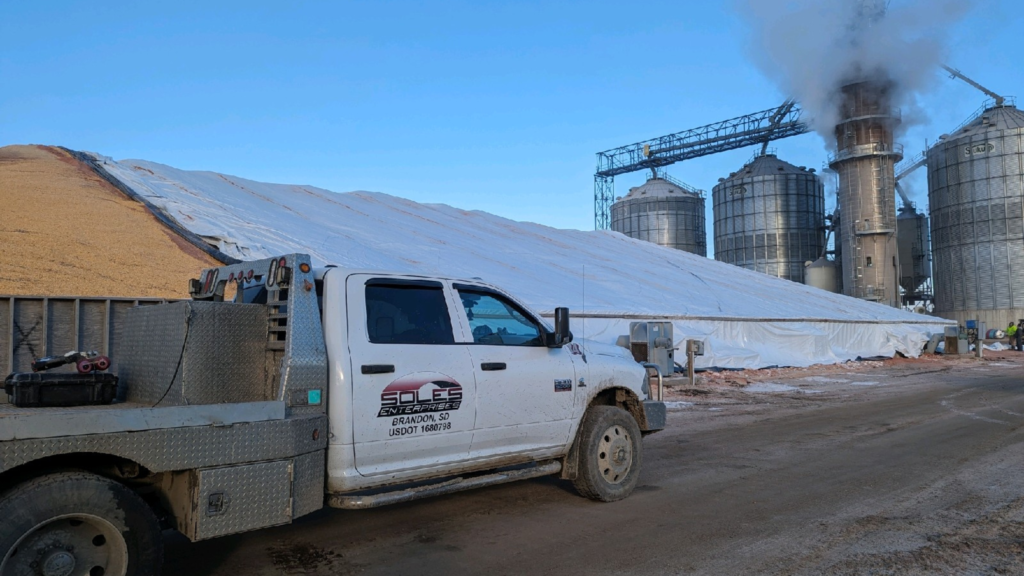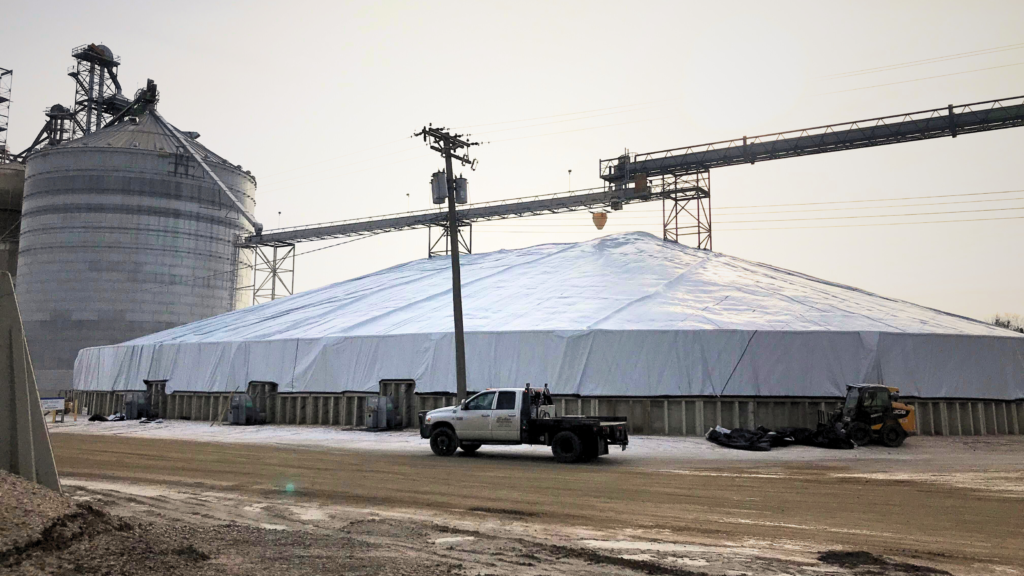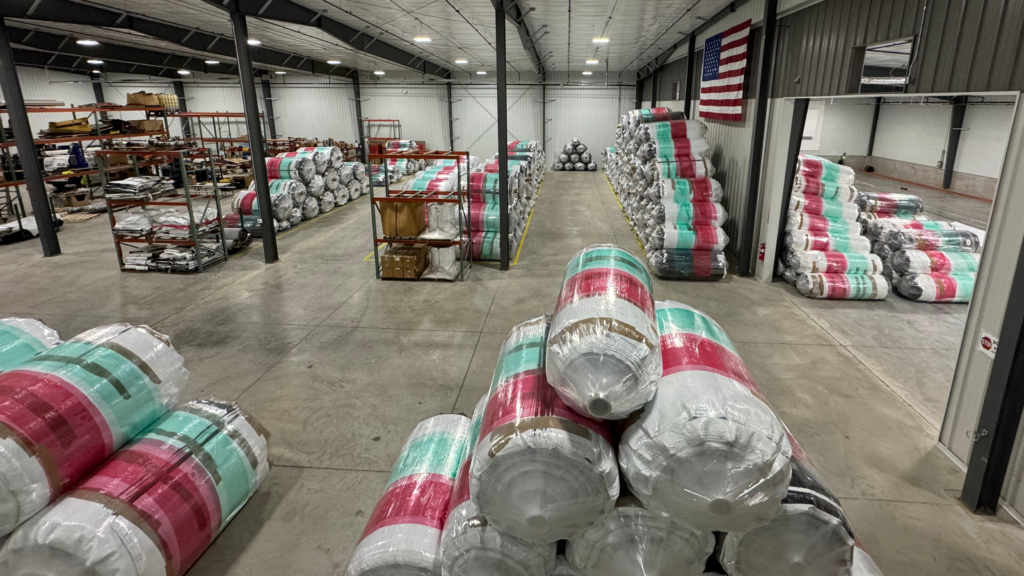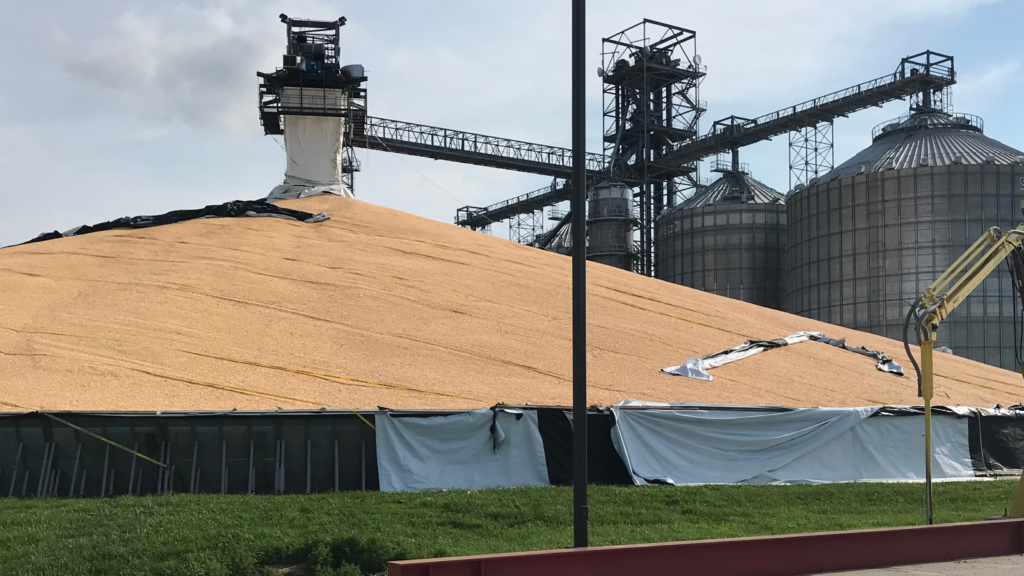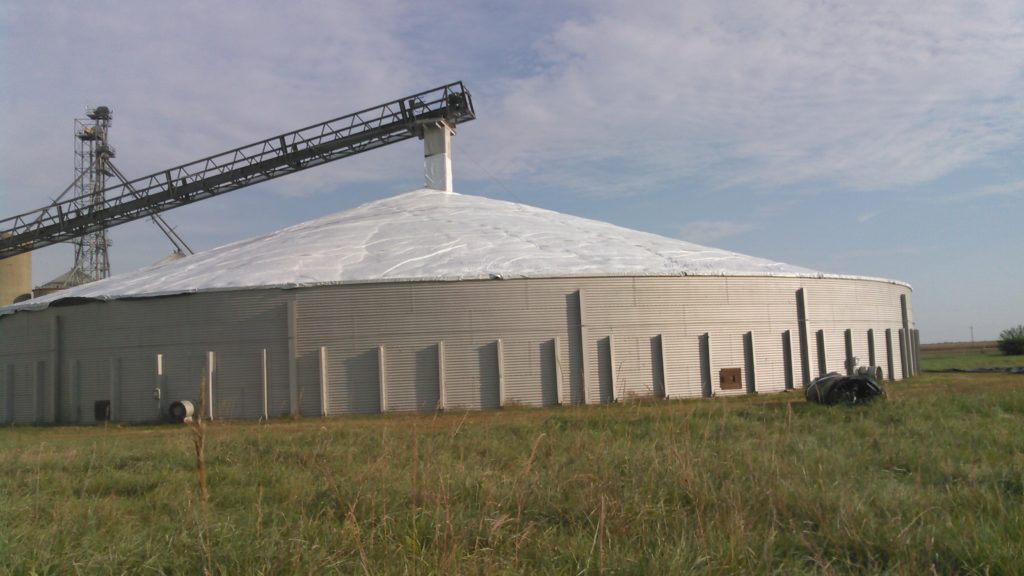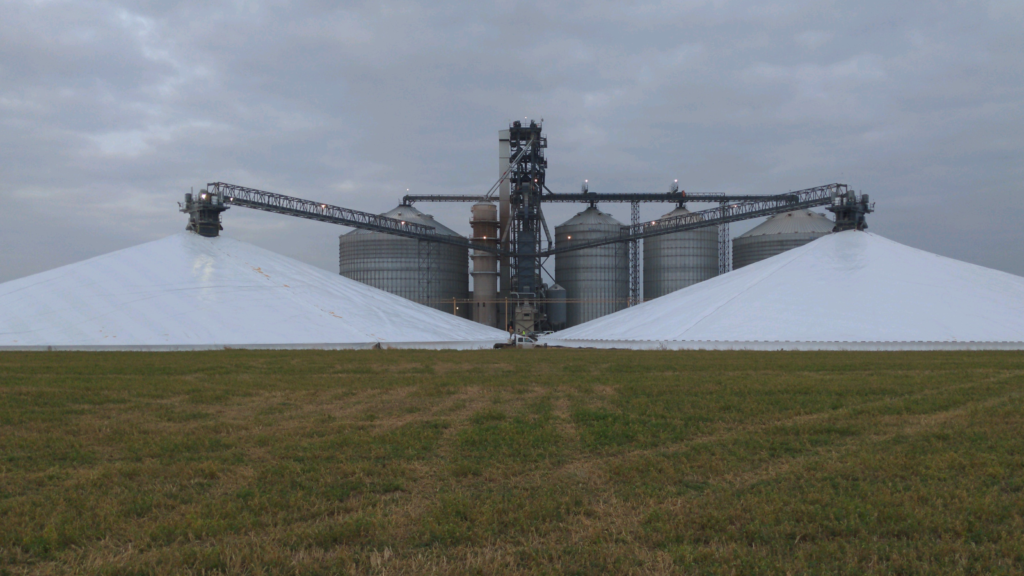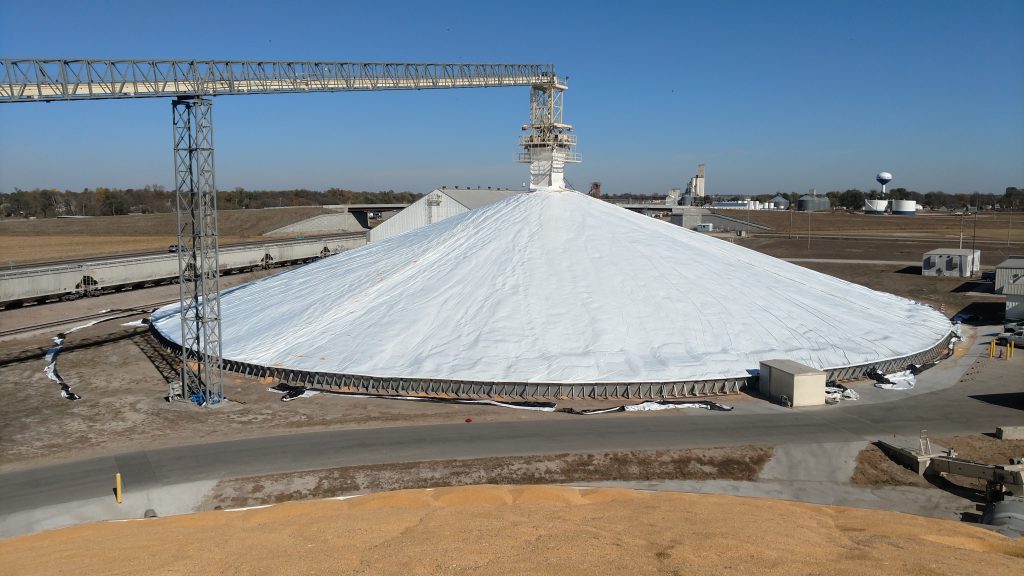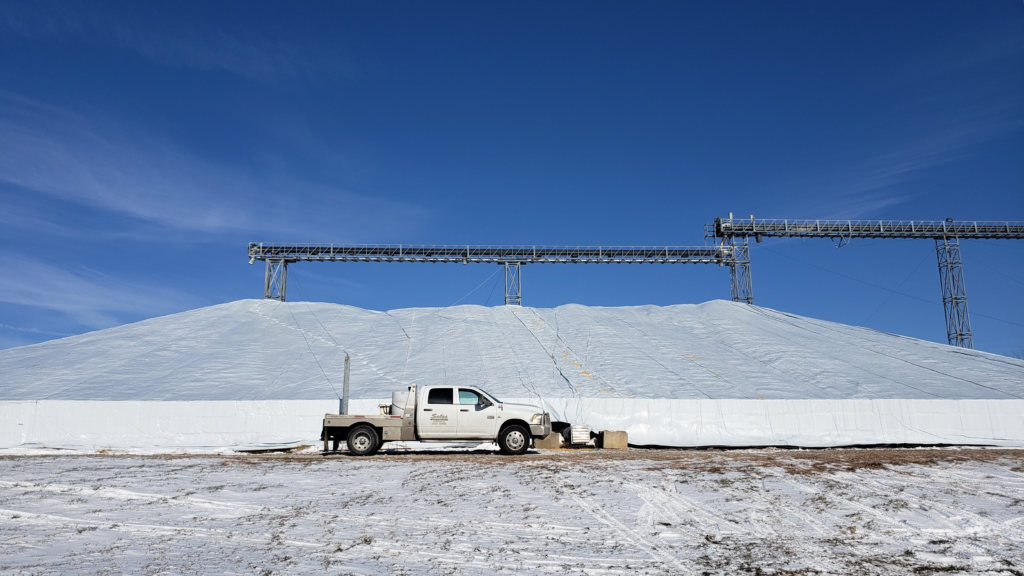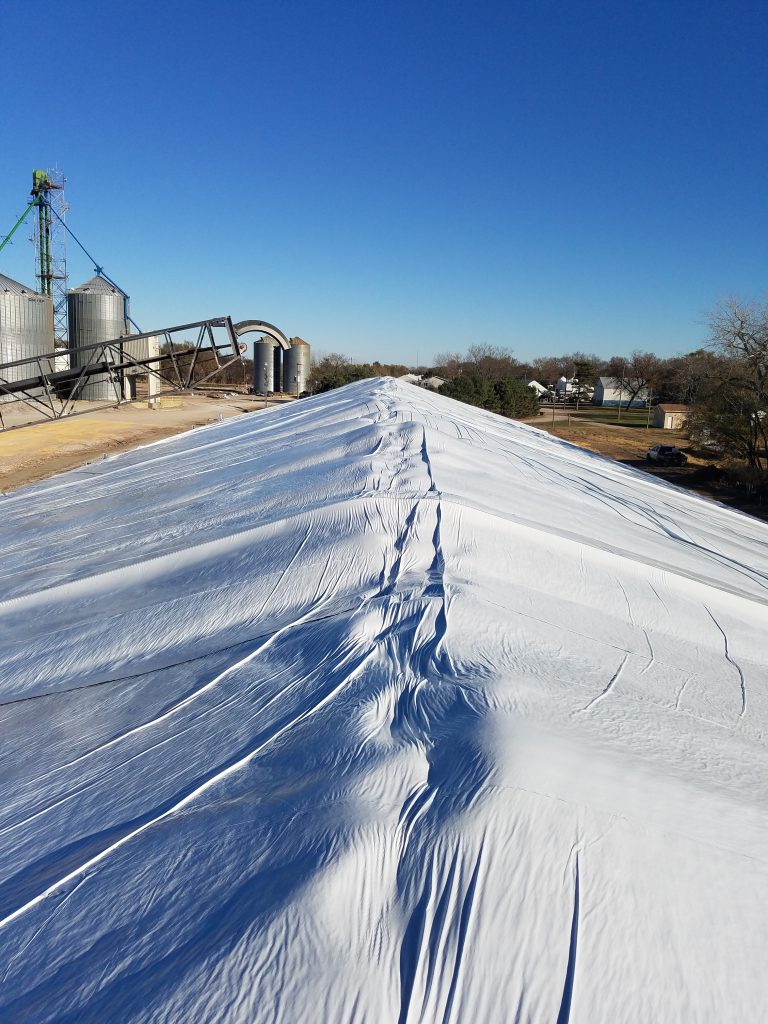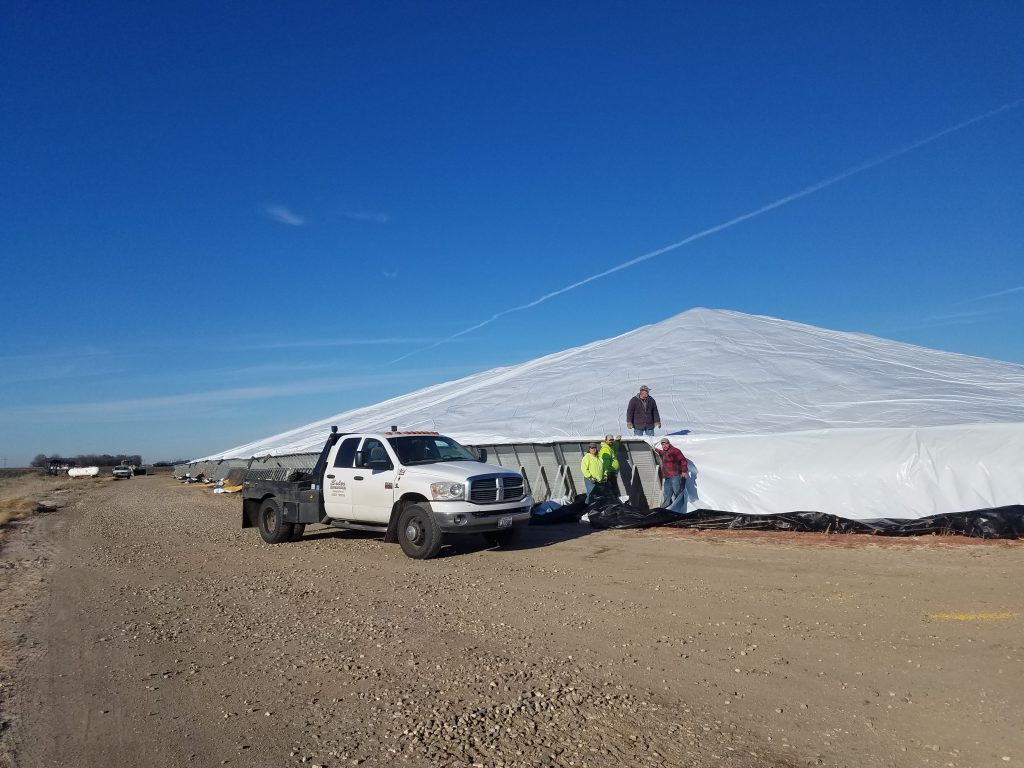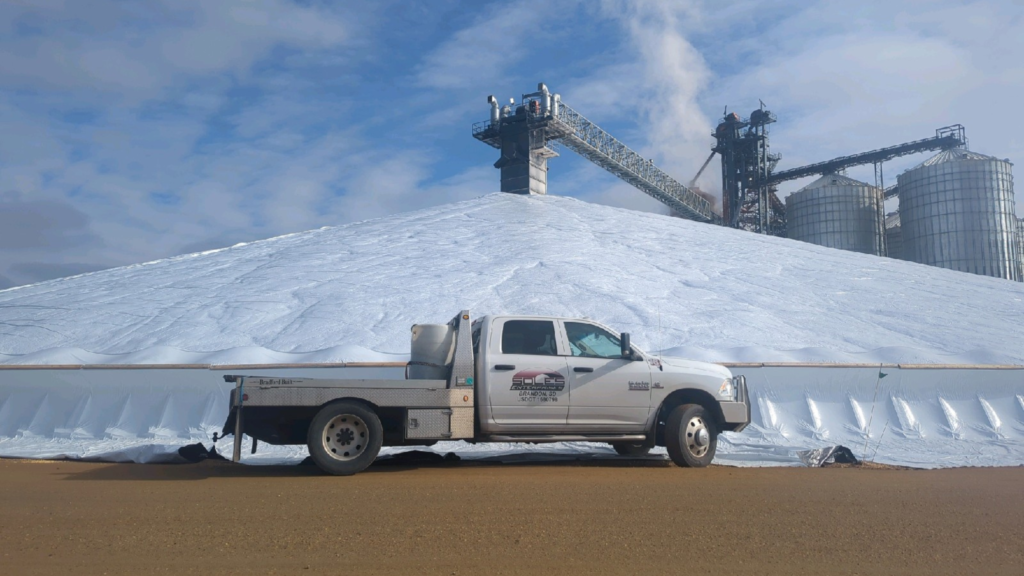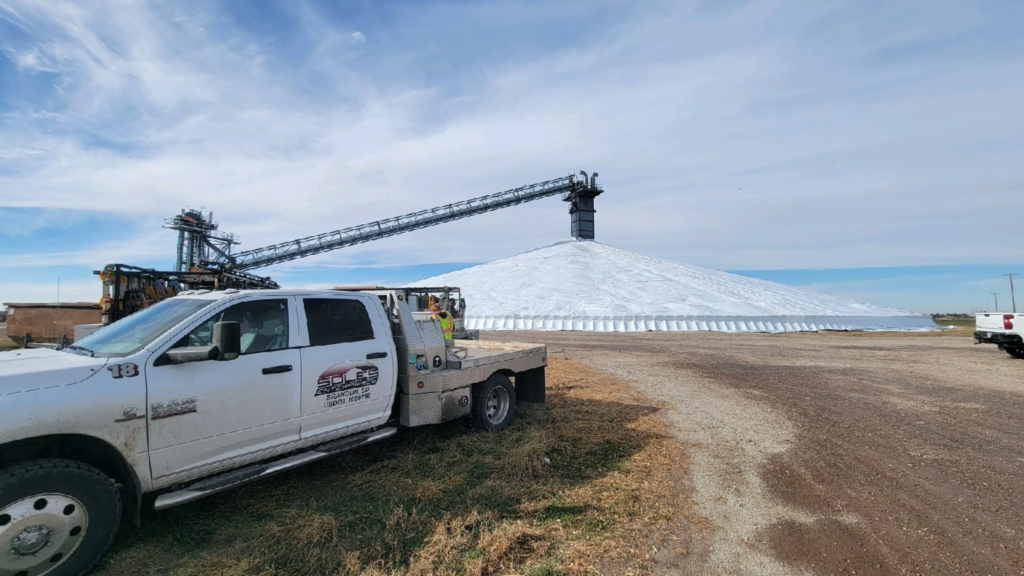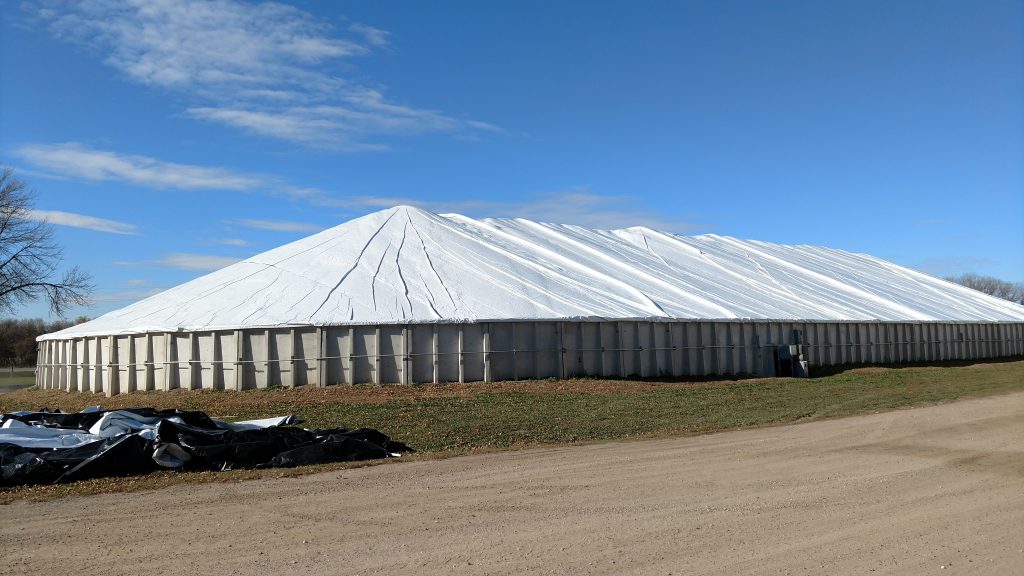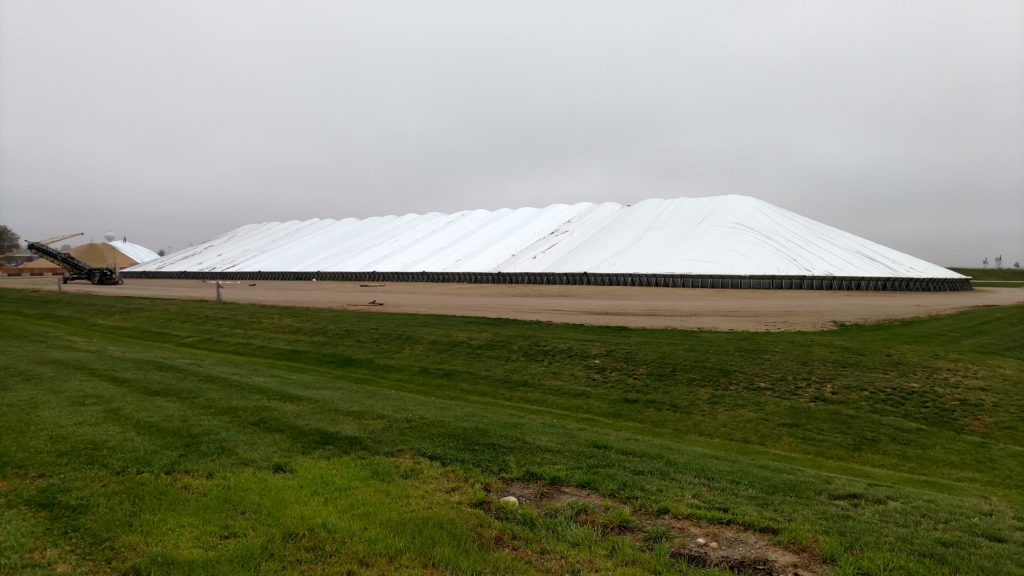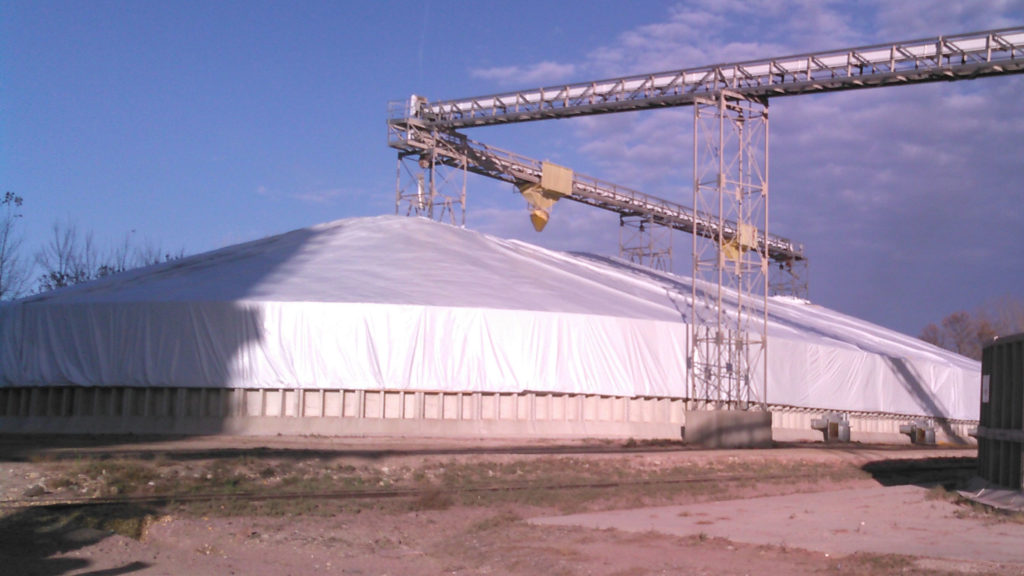Tarp Features
Our go-to cover for most grain piles is an 8 mil string reinforced polyethylene. We stock other sizes and styles and will work with you to design the perfect cover to protect your commodity. Because we have years of installation experience, we can ensure that you get the best tarp for your application, and can cover any size or shape of pile with or without walls or towers. We have you covered.
- String Reinforced 6, 8, 10 mil thicknesses available
- 100% waterproof
- Durable construction that’s hard to stretch or tear
- UV treated to maintain durability
- Flexible in freezing temperatures
- Easily stitched for quick installation
- Made in the USA





